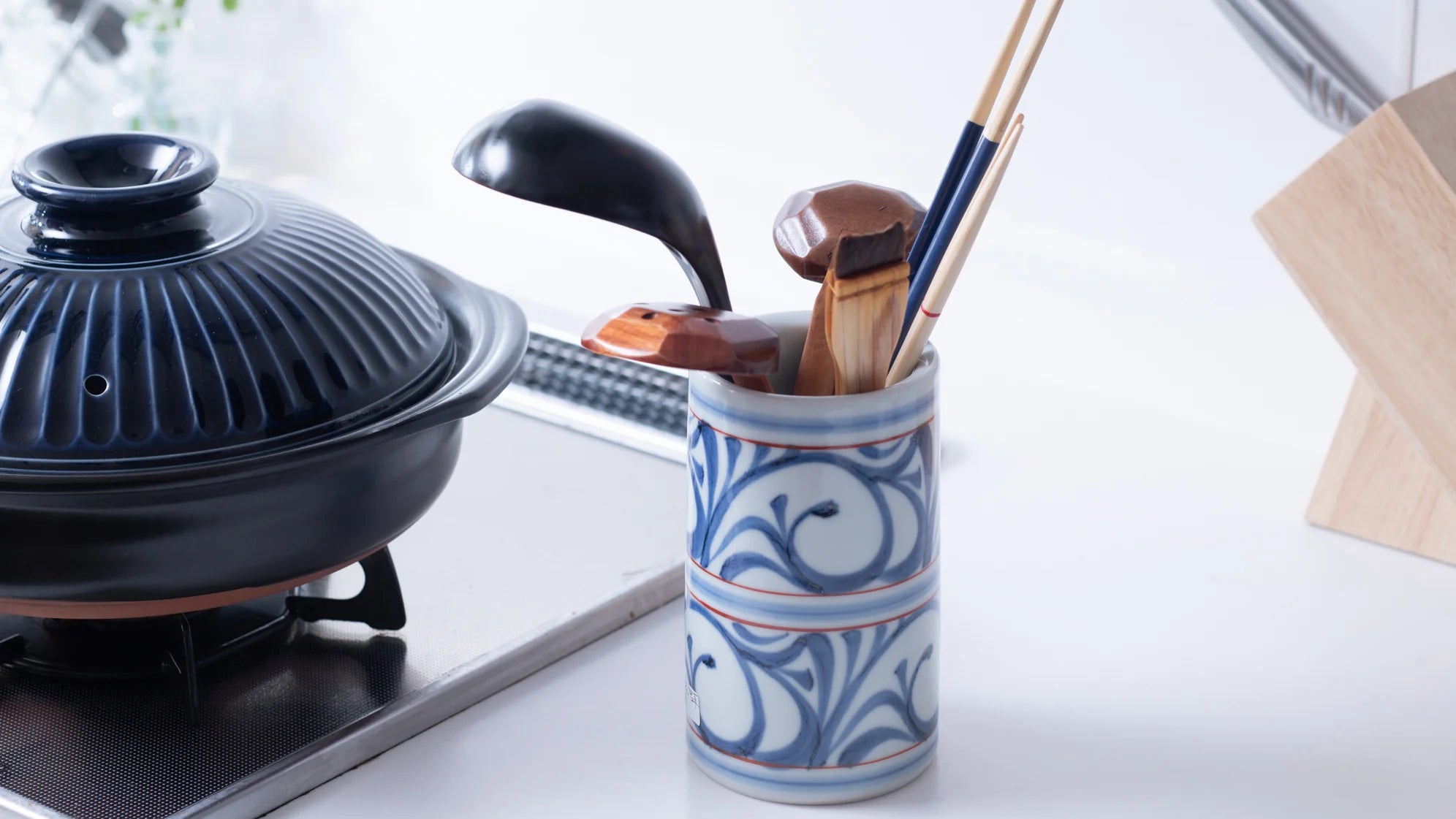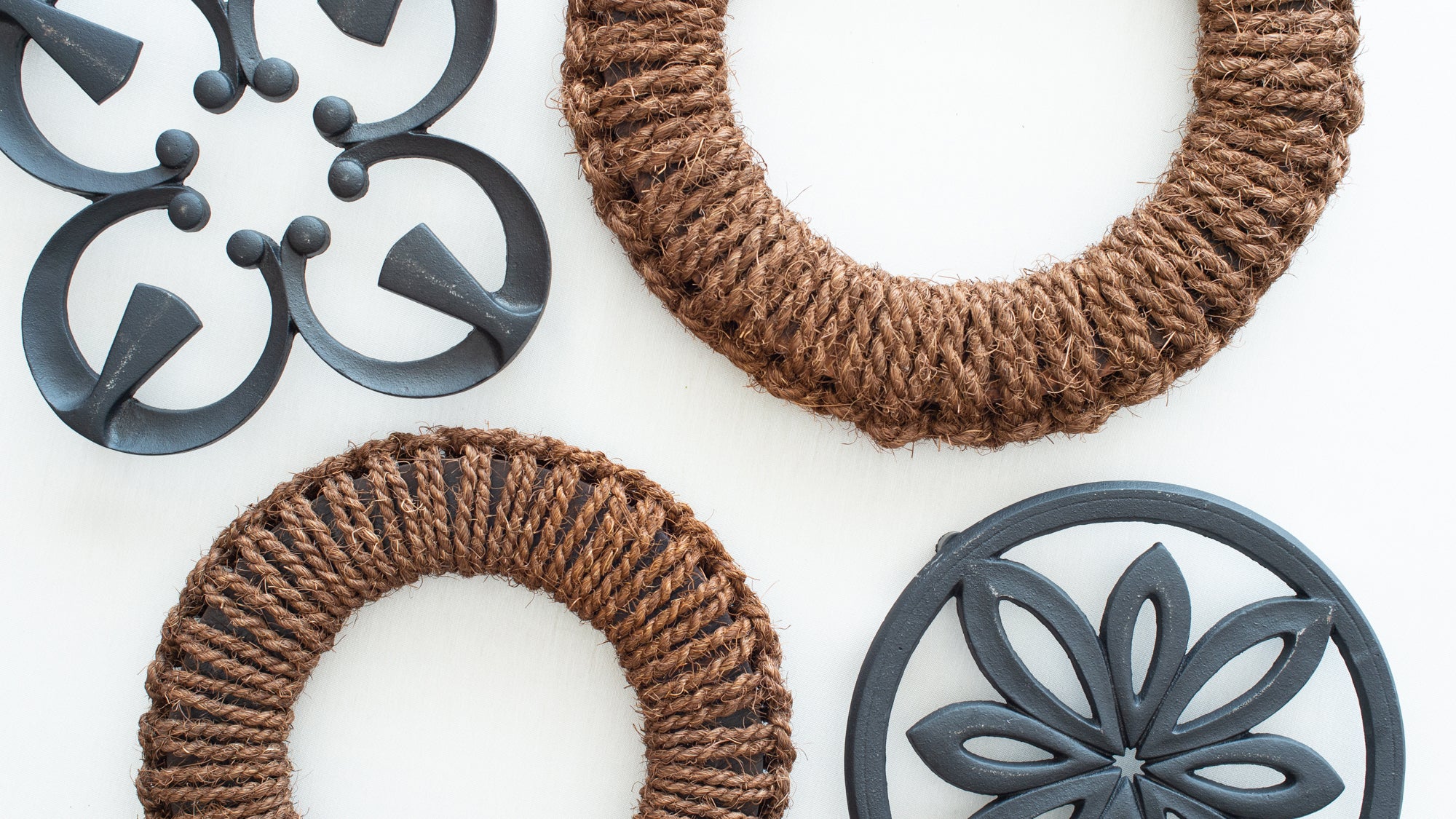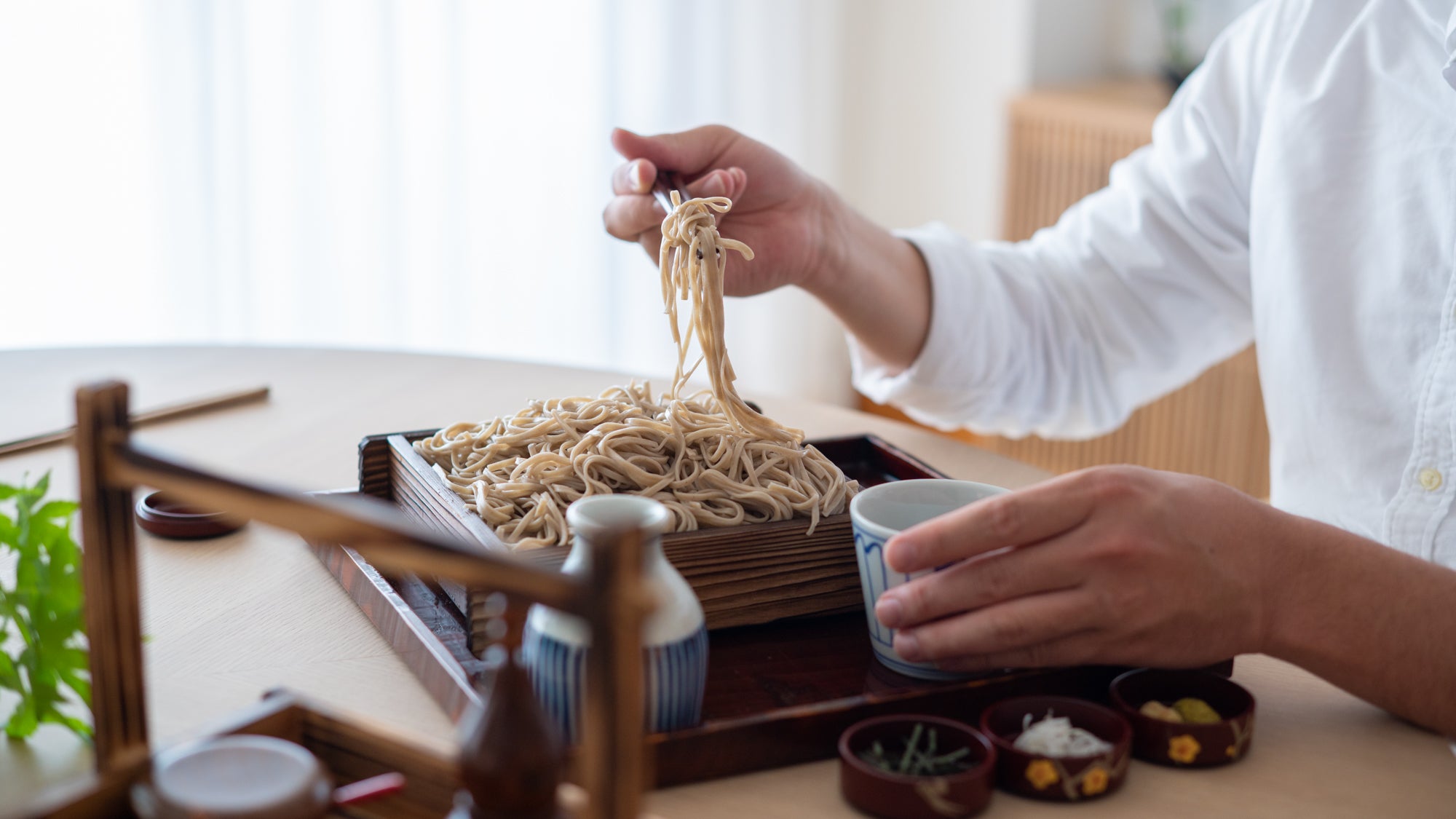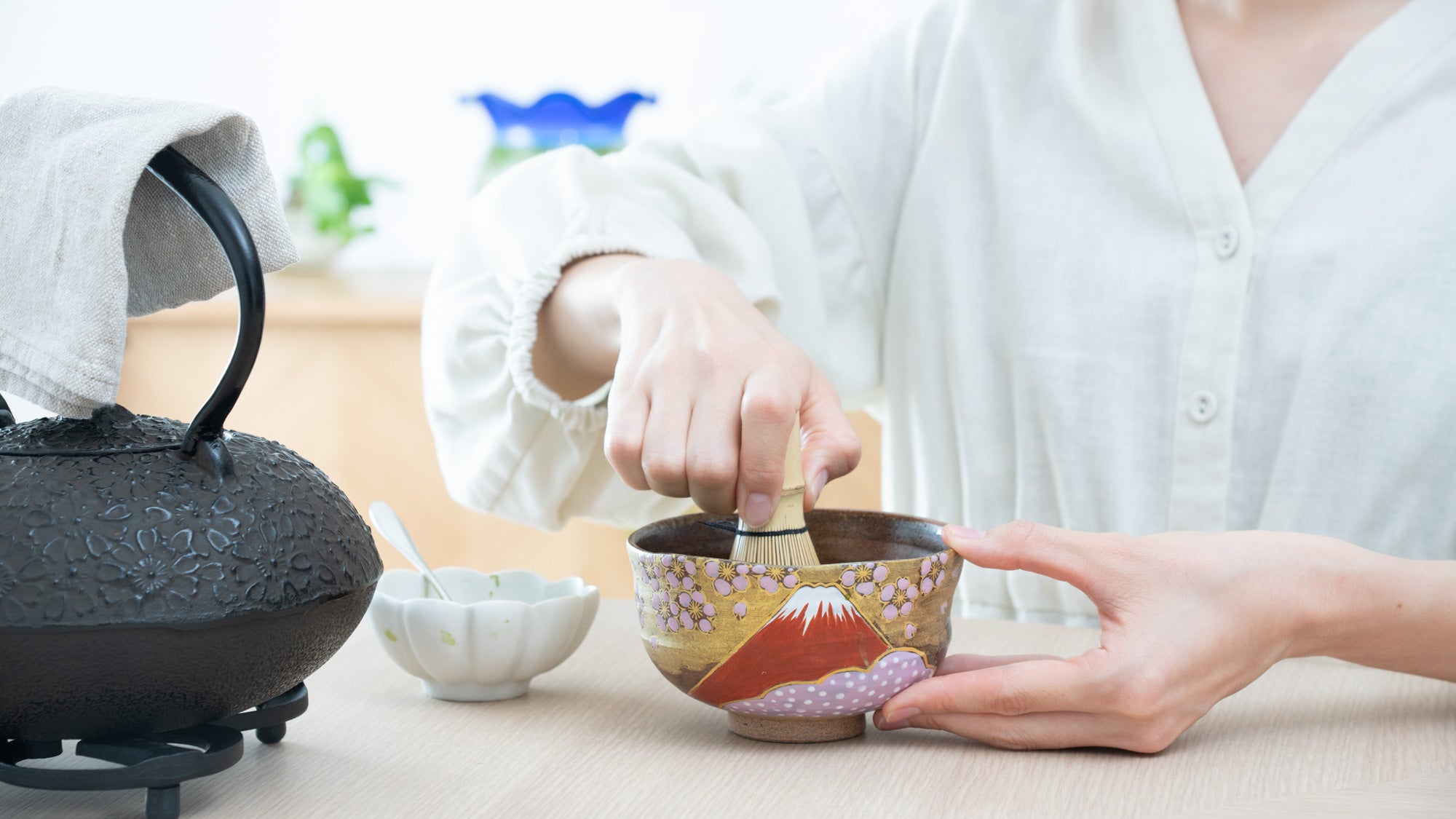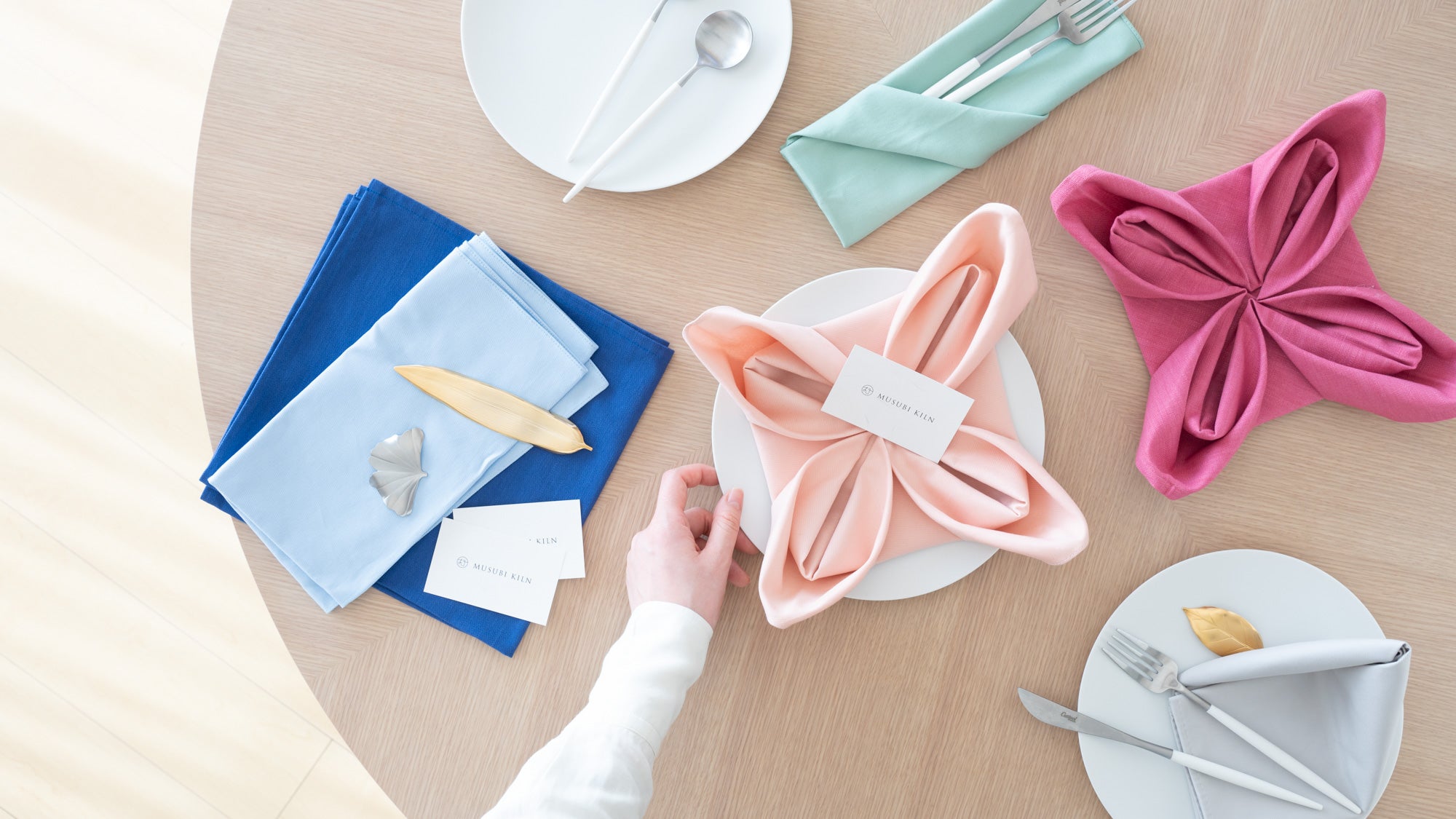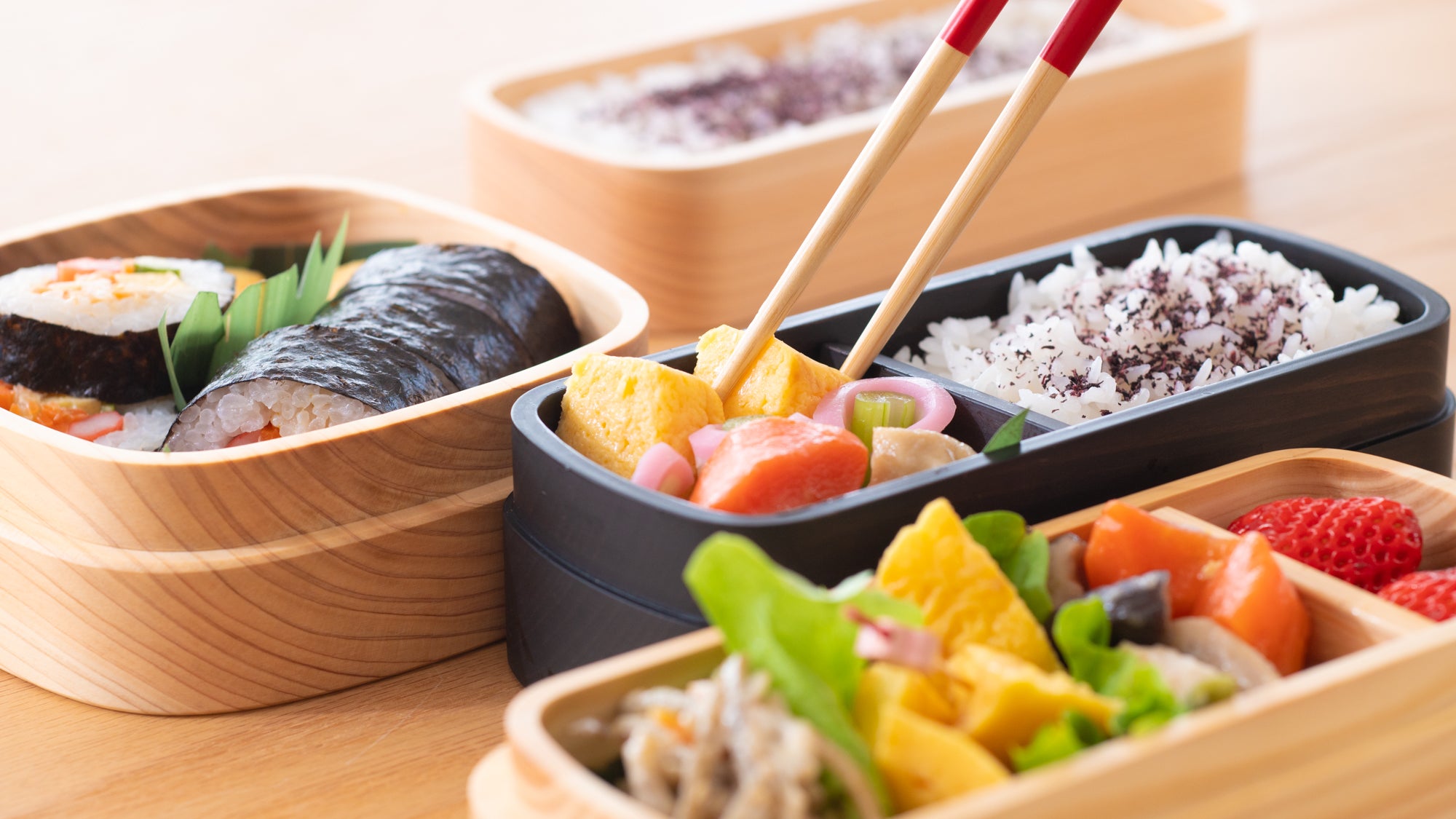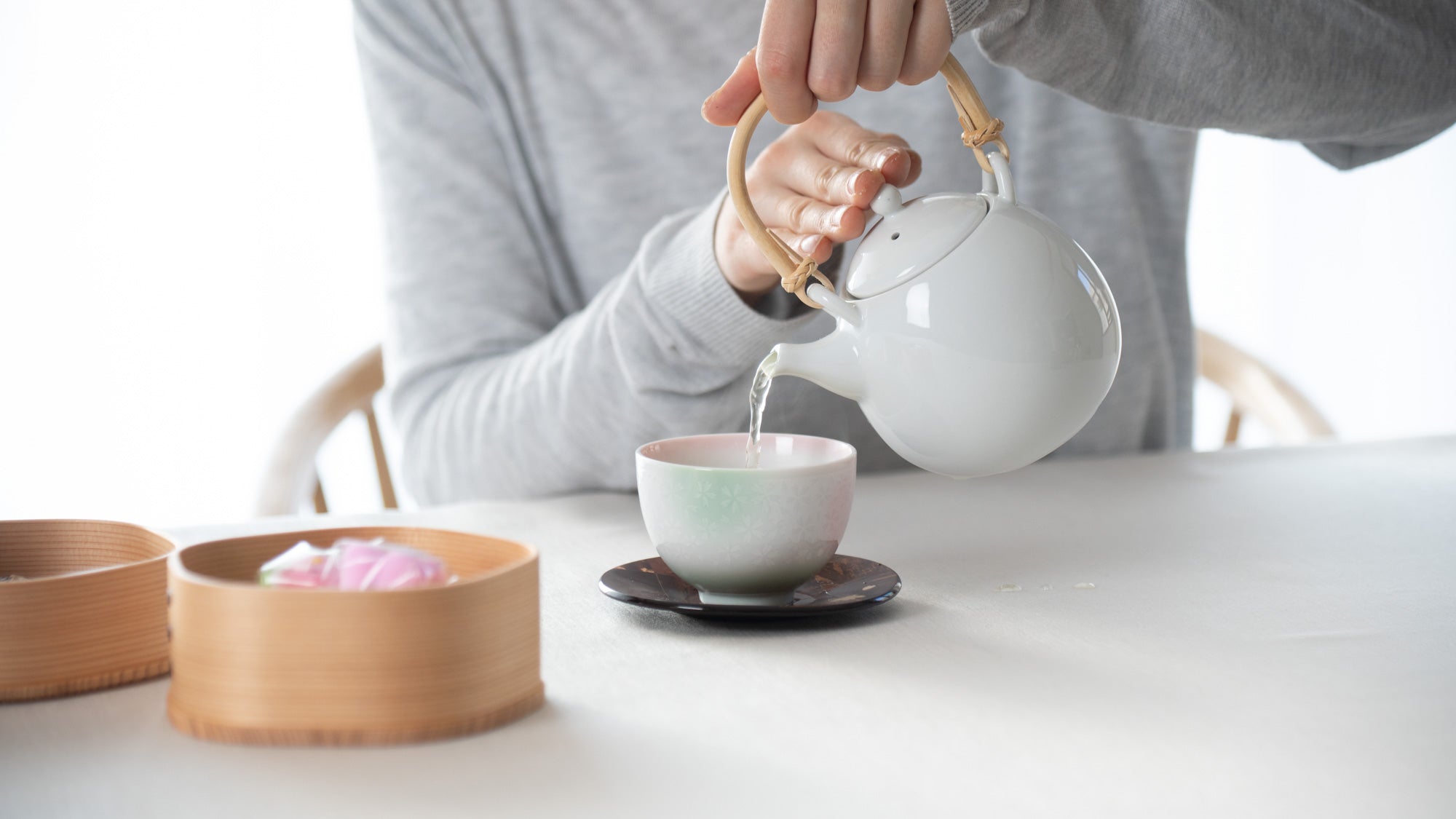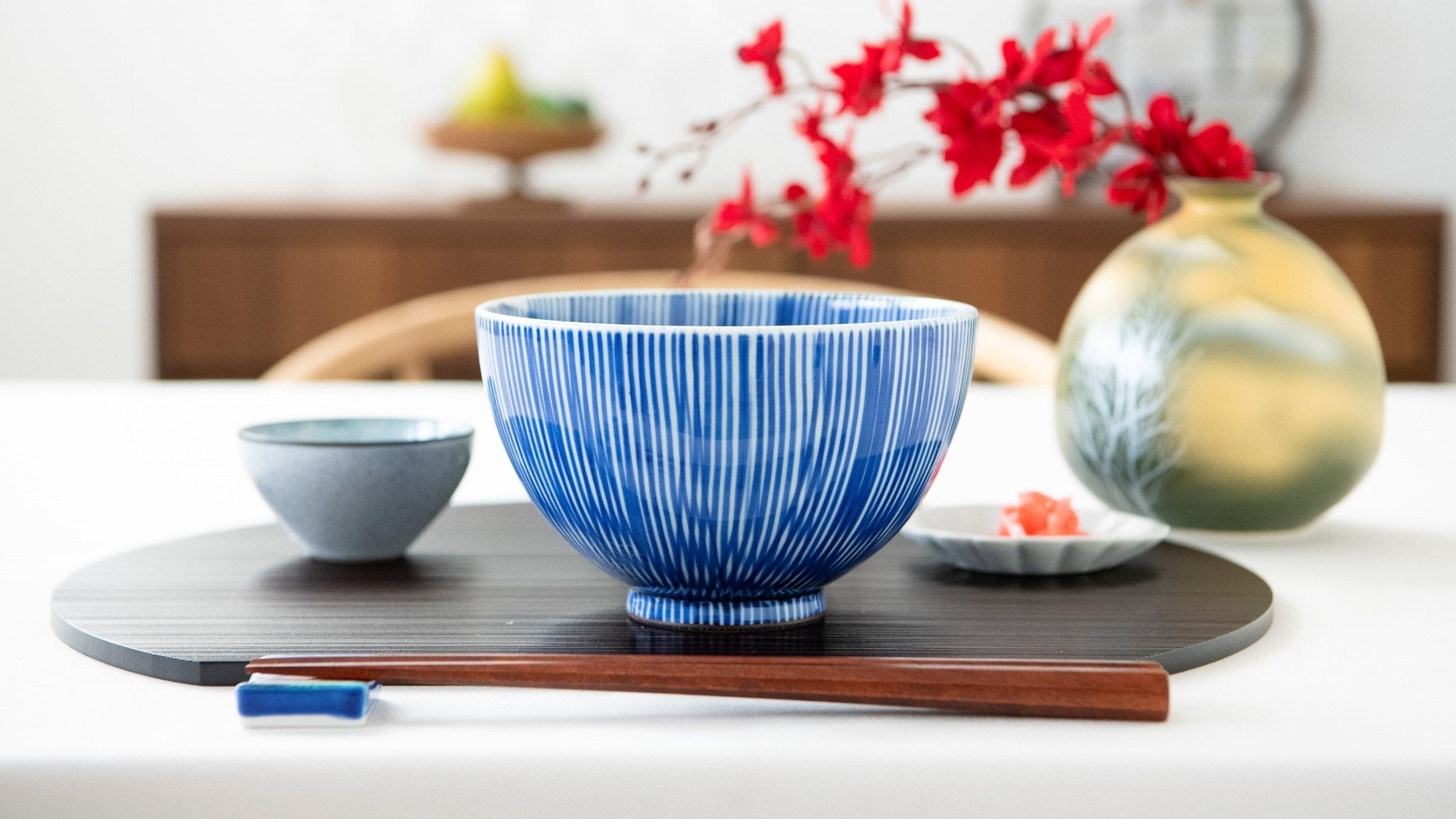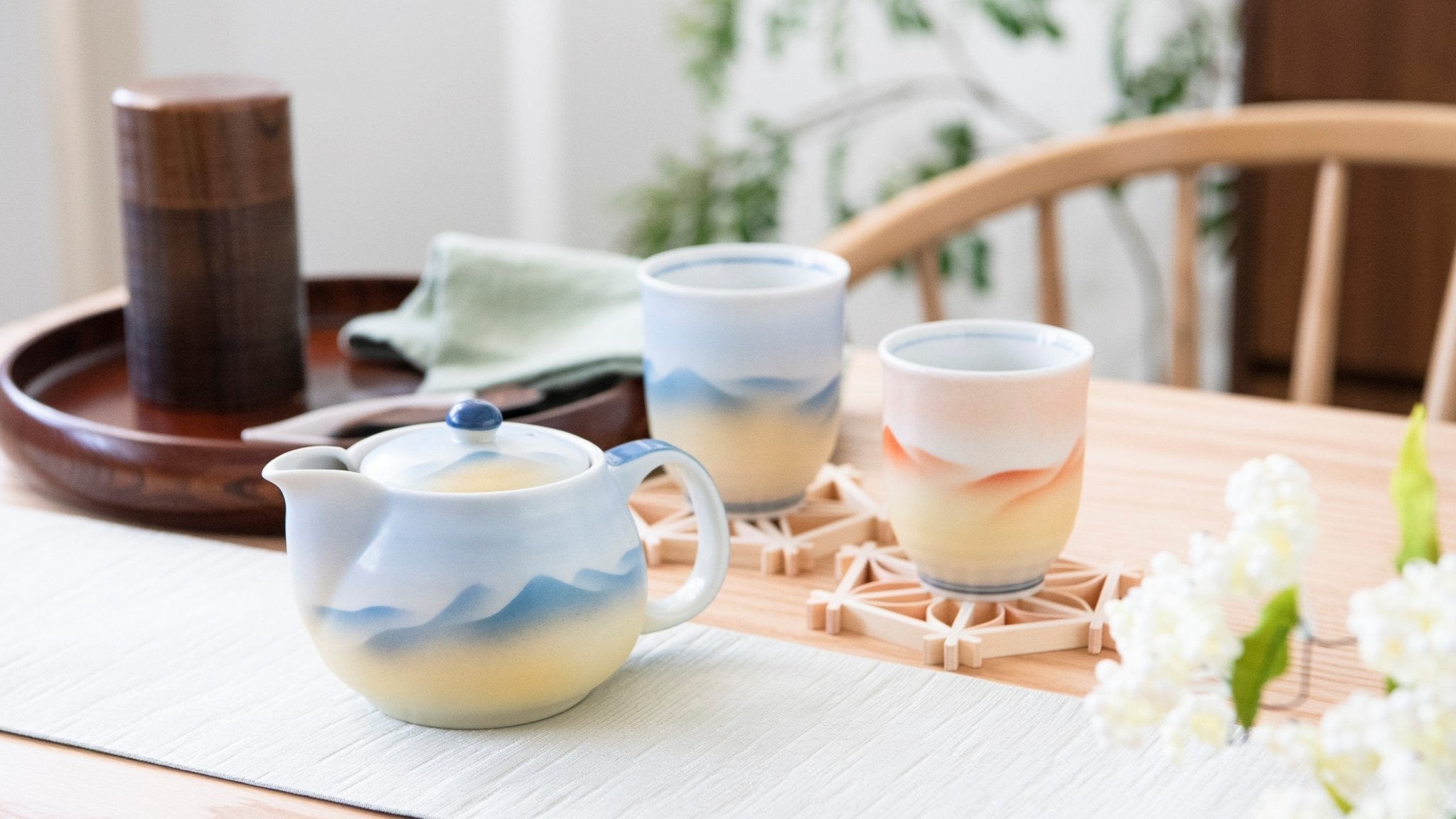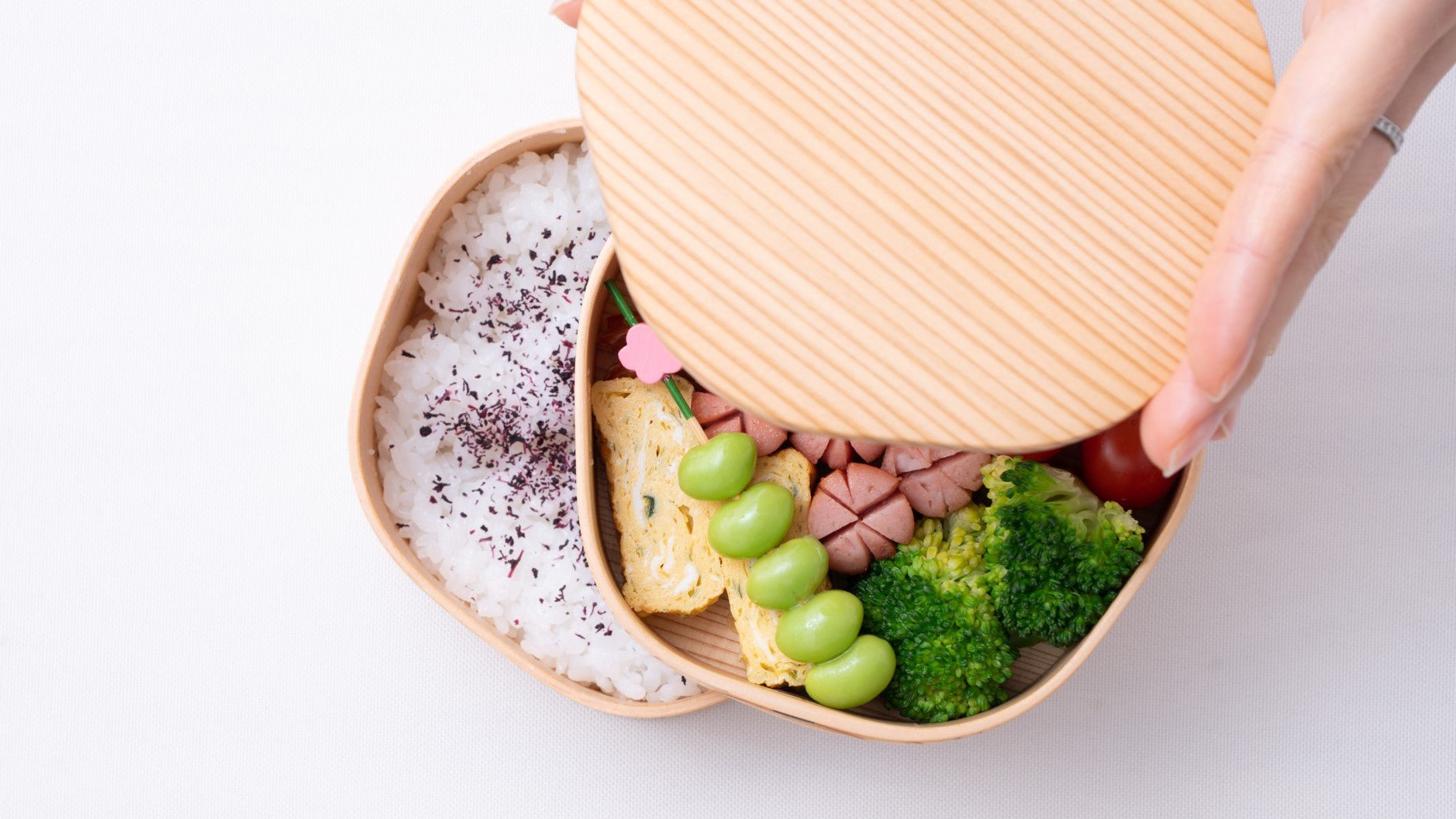5 April 2022
Guide for Japanese Pottery

Potteries are an essential material for our dining table. Japanese pottery has a very long history dating back to BC and is one of the traditional crafts recognized by the country.
Ceramics are a craft that is influenced by geographical conditions, with different clays and firing methods depending on the location.
There are more than 30 types of ceramics in Japan alone, including Kutani ware, Mino ware, Hasami ware, Tokoname ware, etc., each with a different clay and different manufacturing process.
When describing Japanese ceramics, there is often confusion because there is no English word that fits the Japanese language perfectly.
Here, we will introduce the classification of ceramics in Japan, their respective characteristics and production methods. We will also explain how they are classified in English-speaking countries.
Contents
- What is the difference between Pottery and Ceramics?
- What are Porcelain, Stoneware and Earthenware?
- How to Care for Pottery
1. What is the difference between Pottery and Ceramics?
What do you imagine from the words Pottery and Ceramic?
Perhaps the image that comes to mind for you is, pottery is somewhat primitive and earthy, while ceramics is more technical and contemporary.
Specifically, "pottery" refers to containers made of clay and is rooted in daily necessities, while "ceramics" refers to three-dimensional ceramic objects in the broadest sense of the word, including containers, sculptures, and a variety of industrial products ranging from bathtubs to space shuttles.

If we limit the term to tableware, we can think of pottery as something made by an artist or artisan in a studio, and ceramics as something manufactured in a workshop or factory. However, those two terms are not absolute definitions, and it is possible for ceramics to be a fine product by an artist or craftsman. In other words, ceramics is more broadly defined than pottery, but it also includes more precision.
In Musubi Kiln's explanation, we use the terms ceramics and pottery interchangeably depending on the occasion, but the difference should be considered to be based on the region of origin, the product, and the style of the workshop. When describing materials, “ceramics" is used to refer to the entire objects made by kilns.
*Another interpretation is that pottery is made exclusively of clay, while some people call it ceramic when mixed with minerals other than clay, such as zirconium oxide or gypsum.
2. What are Porcelain, Stoneware and Earthenware?

Japanese ceramics have a unique classification. We will introduce them by comparing them with the common English-speaking classifications of Porcelain, Stoneware and Earthenware.
Porcelain

Japanese "jiki" is called Japanese porcelain or Imari.
It is a highly regarded craft known as "white gold". Along with Chinese porcelain, Japanese porcelain has greatly influenced Western porcelain.
The material used to make porcelain is porcelain clay, which is made by grinding, mixing, and refining materials such as porcelain ore, kaolinite, silica stone, and feldspar, and is different from clay that is extracted from natural geological strata.
Japanese porcelain is classified as hard porcelain, fired at a high temperature of about 1,300 degrees Celsius (2,372 ℉), and is more heat-resistant and durable than soft porcelains such as Sèvres and bone china.

Because porcelain has fine particles, it is thin, light, and can be precisely formed. It is also the whitest of ceramics, giving it an elegant impression, and since it is compatible with underglaze and overglaze, there are many colorfully painted pieces, such as Arita ware, Hasami ware and Kutani ware.
In Japan, it is often used as a tableware for serving cold appetizers such as sashimi and pickles. Due to its high thermal conductivity, it is easy to use a container with a handle when serving hot drinks such as coffee.
Stoneware
The American Ceramic Society specifies that "fired at 1150-1300 degrees Celsius (2,100 to 2370℉) with or without glaze, the base is tough and soluble, and the water absorption is 0-10%. Most potteries other than porcelain made in Japan are classified as stoneware.

In Japan, Stoneware is often divided into two broad categories. Briefly, fired materials with properties similar to porcelain are classified as "Sekki" and all others are classified as "Touki".
The term "Yaki-Shime" refers to wares that are not coated with a glaze, and most "Sekki" wares are included in this category.
"Sekki"

/collections/bizen-ware-the-art-of-the-clay-and-fireIt is the most traditional style of ceramics in Japan and has a unique atmosphere with its rich earthy wabi-sabi aspect.
The iron content in Sekki reacts with tannin, the astringent component of tea, and mellows the taste of the tea. It has been favored by tea masters because it was said "the tea made in Sekki tea utensils tastes better" since ancient times.
It is also characterized by the fact that the texture of the ground surface is often enjoyed without much decoration and glaze. One of the charms of this pottery is that it can be sprinkled with ashes in the kiln, and unintended patterns can be produced depending on the flame conditions. Tokoname ware, Shigaraki ware, Banko ware, and Bizen ware are representative production areas.

When used as a sushi plate or other brightly colored dish, it can give a very modern impression. Also, as a flower vase, it has long been a favorite in the world of tea ceremonies, and can express a unique beauty not found in other materials.
When placing dishes containing oil, such as tempura, it is a good idea to place paper or leaves underneath to prevent stains.
"Touki"

Based on clay, glazed and fired to harden, Japanese “Touki” is a material with an extremely wide range of expressive possibilities. The color and texture of the base clay varies from iron-rich red clay to beige white clay, and the style varies depending on the kiln, such as various glazes and paintings.
It is more resistant to sudden temperature changes than western soft porcelain, but it is a little easy to stain. But it can be kept clean with proper care. Traditional styles of “Touki” are thicker and have a calm, Japanese-like appearance.
Touki is produced in many regions, including Mino ware and Onta ware.
Earthenware

Japanese earthenware, called “Doki”, as represented by Jomon, is the purest and simplest of pottery. It is made by forming natural clay and firing it in a firewood that is set in the ground where a small pit has been dug. The temperature is about the same as that of bisque fired pottery, resulting in a porous base like plaster, which is highly absorbent of water.
In addition to Jomon earthenware, Japanese earthenware also includes a type of reduction-fired earthenware called "Sueki," but it is not sold as tableware today due to its lack of strength.
Earthenware is often highly absorbent, and when used as a flowerpot, it provides good drainage and prevents root rot of plants.
3. How to Care for Pottery

The proper care for ceramics depends on the specific material, such as porcelain or stoneware. However, in traditional Japanese aesthetics, aging is considered as "growth" rather than “deterioration”.
For example, cracks in the glaze surface of stoneware become more noticeable with each use as tea stains and other stains seep through, but this too is seen as a "picture" that the individual item has earned.
Instead of trying to acquire one brand-new thing after another, we discover the good qualities of old tools and enjoy growing old with ourselves. This is part of the Japanese aesthetic of wabi-sabi.
However, it is also important to keep it clean and treat it with care. There are ways to enjoy the beauty of the tableware for a long time by adding a little effort before, during, and after use.
Please refer to this page for detailed information on how to take care of your Stoneware and Earthenware.


